Significance
Beigang Chaotian Temple has a major collection of large-scale woodwork, ornaments, carvings, paintings, jiǎnnián (mosaic-like traditional cut-and-paste porcelain craft), and ceramics made by skilled artisans. The temple is also home to Taiwan’s most beautiful “two dragons chasing a pearl” design, carved in white stone on the temple’s imperial pathway (yùlù; a decorated ramp for the exclusive use of the emperor located between the staircases leading up to the temple ). The temple’s interior decoration includes one of the island’s most elaborate and valuable octagonal caisson ceilings. Since its establishment in the Qing Dynasty (1644 – 1912), Beigang Chaotian Temple has been the ancestral temple (zǔmiào) of many other Mazu Temples in Taiwan. When constructing a new temple for Mazu (Patron Goddess of the Sea), believers must ask an existing Mazu temple to impart part of its divine spirit, usually in a form of a statue, to the new temple. The former temple is then referred to as the “ancestral temple,” and is honored by the new temple’s worshippers with an annual pilgrimage. Beigang Chaotian Temple holds two special events every year. In the period between the Lunar New Year and Mazu’s birthday (in the third lunar month), crowds of worshippers swarm the temple in what has become known as “Mazu March Madness.” The other major event held there is the Mazu Carnival, one of the three major fireworks festivals in Taiwan, along with Taitung’s Bombing Lord Handan Festival and Tainan’s Yanshui Beehive Rocket Festival.
History
Beigang Chaotian Temple was established in 1694, when Shu Bi, a senior monk from Chaotian Pavilion in Meizhou, Fujian brought a statue of Mazu from the pavilion to Taiwan. He arrived in Bengang (now called Beigang) on the 19th day of the third lunar month, and built a temple in honor of the goddess. The temple has undergone a number of reconstructions dating as far back as the reign of the Quianlong Emperor (1735 – 1796). The 1837 renovation incorporated horizontal tablets donated by Chinese Imperial Navy commander Wang De-lu (1770 – 1842) and a “two dragons chasing a pearl” carving on the imperial pathway donated by a Quanzhou trading company. In 1855, the temple renovated all of its halls and added a rear hall, giving the complex four rows of buildings. In 1905, the main hall and the worship pavilion were damaged in a major earthquake. The temple hired Zhangzhou master carpenter Tan Ing-bin to oversee the repairs, which were completed in 1912. The temple was named a second-level historic site in the Taiwan and Fujian region in 1985, a designation which was later upgraded to national historic landmark. During the Qing Dynasty, worshippers often made pilgrimages with the statue back to its ancestral temple in Meizhou. The pilgrimages were suspended when Taiwan was ceded to Japan in 1894 following the First Sino-Japanese War. To commemorate this earlier tradition, worshippers began to carry the deity in a procession on the 19th and 20th days of the third lunar month. This event eventually evolved into the annual spectacle now known as the Mazu Carnival.
Special Features
1Beigang Chaotian Temple’s LayoutBeigang Chaotian Temple faces south. The temple complex is nine kaijian wide (an ancient Chinese architectural unit denoting the openings between pillars; in other words the temple is ten pillars wide) and four jin deep (an ancient Chinese architectural unit denoting the number of building rows in a complex). The structure also includes two wings, one on each side, connecting the rows of buildings. Altogether the temple is composed of four rows of buildings, eight halls, one temple square and seven courtyards. The Sanchuan (Front) Hall was renovated during the period of Japanese rule and given a quasi-hip-and-gable roof with double eaves (zhòngyán jiǎsìchuí; the lower roof ridge splits the upper roof to create an incomplete four-gabled ridged roof). This was a style often employed by Zhangzhou master carpenter Tan Ing-bin. The Dragon Gate and Tiger Gate–the gates flanking the front entrance–also have hip-and-gable roofs with double eaves. The main hall and Sanchuan Hall are both approximately ten meters wide. In front of the main hall is a ten-meter-wide worship pavilion. There are also drum and bell towers, one on each side, made of wood-grain concrete. The rear hall is also ten meters wide and has four pillars and nine crossbeams. It has a flush gable roof (yìngshānding; a roof with a main ridge and four gable ridges, where the eaves do not extend past the gables).
2The Three TreasuresBeigang Chaotian Temple holds an exhibition of its cultural and historical relics in its Cultural Building every year. These include the imperial seal that followed the Mazu statue across the ocean during the Qing Dynasty, as well as an alms bowl inscribed with the Heart Sutra that belonged to Shu Bi, the temple’s first abbot monk. The collection also includes written accounts of salvation granted by Mazu after she attained immortality. These relics are collectively known as the Three Treasures. They are normally stored inside the temple’s vault.
3The Dragon Columns
The temple has three pairs of dragon columns from different eras, thanks to the many renovations it has undergone since the Qing Dynasty. The Guanyin Hall has a pair of dragon columns installed in 1775. The subtle lines of the carving highlight the natural beauty of the dragons. They are among the earliest examples of dragon columns in Taiwan. In front of the main hall’s worship pavilion stands a pair of octagonal columns with crouching dragons installed in 1852. The third pair is located in front of the Sanchuan Hall. They were carved at the end of the Qing Dynasty, and feature an extremely ornate design. The evolution of Taiwan’s dragon column stone carving techniques can be seen in these three pairs of dragon columns.
4“The Two Dragons Chasing a Pearl” Imperial PathwayThe “two dragons chasing a pearl” imperial pathway is located in front of Wenchang Hall. A common feature in palaces and temples, the imperial pathway (yùlù) is a decorated ramp between the staircases leading up to the temple, originally intended for the exclusive use of the emperor. Since the emperors were almost always carried in palanquins and did not actually walk up such ramps, the pathway could be decorated exquisitely with relief carvings as a show of respect. The composition of this imperial pathway is meticulous; the stonework is delicate and the workmanship impeccable. The design in Beigang Chaotian Temple is particularly unique in that it has two dragons when most imperial pathways feature only one. Even more unusual, it has one ascending dragon and one descending dragon, an extremely rare composition. It is believed to have been created during the reign of Emperor Daoguang (1820 – 1850), and is considered by many to be Taiwan’s most elegant stone carving.
5Sculptures of the Dragon Kings of the Four SeasVisitors will find four majestic stone sculptures of the Dragon Kings of the Four Seas in the temple’s front square. Each one is approximately 150 centimeters tall. The Dragon Kings all sit astride water dragons, although each is posed differently. The four dragon kings are Ao Guang, the Dragon God of the East; Ao Ming, the Dragon God of the South; Ao Shun, the Dragon God of the West; and Ao Ji, the Dragon God of the North. The sculptures are understated yet extremely lifelike. They symbolize people from across the known world coming together.
6The Sanchuan Hall’s Chihu DecorationsChaotian Temple has corbelled wooden brackets (dǒugǒng) in the shapes of guandao (the polearm, a traditional Chinese weapon), bottle gourds, and chīhǔ (dragon-like mythical creatures). The Sanchuan Hall boasts several distinct chīhǔ bracket designs, all carved in easy flowing curves, and each with its own distinctive charm. The brackets employ relief techniques that highlight the creatures’ form. Their creator, Zhangzhou master carpenter Tan Ing-bin, was an expert in these techniques.
7The Octagonal Caisson Ceiling The Sanchuan Hall’s Dragon Gate and Tiger Gate are each crowned with an octagonal caisson ceiling. They are among the most elaborate temple caisson ceilings in Taiwan. They were built using complex, intricate carpentry techniques. The ceilings have a rectangular beam frame that forms the basis for the octagon. The long sides each have four sets of corbelled brackets extending upward and inward, while the short sides each have two. The brackets branch out into angled bracket arms that look rather like trees. These rise up in three layers, after which the design morphs into ribbed beam-style curved ceiling panels that meet in the center of the ceiling. The peak of the octagon sports a carving of two cranes. The construction process was very sophisticated and required extreme precision in the angling of the brackets, making the ceilings a valuable architectural teaching tool.
The Sanchuan Hall’s Dragon Gate and Tiger Gate are each crowned with an octagonal caisson ceiling. They are among the most elaborate temple caisson ceilings in Taiwan. They were built using complex, intricate carpentry techniques. The ceilings have a rectangular beam frame that forms the basis for the octagon. The long sides each have four sets of corbelled brackets extending upward and inward, while the short sides each have two. The brackets branch out into angled bracket arms that look rather like trees. These rise up in three layers, after which the design morphs into ribbed beam-style curved ceiling panels that meet in the center of the ceiling. The peak of the octagon sports a carving of two cranes. The construction process was very sophisticated and required extreme precision in the angling of the brackets, making the ceilings a valuable architectural teaching tool.
8The Mazu Carnival The Mazu Carnival takes place on the 19th and 20th days of the third lunar month. In the past, Bengang River (now called Beigang River) divided the parade area into “South Street” and “North Street.” The procession travels around South Street on the morning of the 19th and through North Street to the New Street area on the morning of the 20th. During the afternoons and evenings, the procession marches through Beigang’s alleys and lanes. The parade is composed of folk performance troupes, colorful floats (yìgé; a float with children dressed up as historical figures in historic settings), festooned cars, and thousands of worshippers. At times, the length of the procession can reach four or five kilometers. It starts off early in the morning and normally does not return to the temple until four or five a.m. the next day. Residents along the way often prepare incense burners, fruits, fresh flowers, and firecrackers along the procession route to welcome Mazu.
The Mazu Carnival takes place on the 19th and 20th days of the third lunar month. In the past, Bengang River (now called Beigang River) divided the parade area into “South Street” and “North Street.” The procession travels around South Street on the morning of the 19th and through North Street to the New Street area on the morning of the 20th. During the afternoons and evenings, the procession marches through Beigang’s alleys and lanes. The parade is composed of folk performance troupes, colorful floats (yìgé; a float with children dressed up as historical figures in historic settings), festooned cars, and thousands of worshippers. At times, the length of the procession can reach four or five kilometers. It starts off early in the morning and normally does not return to the temple until four or five a.m. the next day. Residents along the way often prepare incense burners, fruits, fresh flowers, and firecrackers along the procession route to welcome Mazu.
9Bombarding the Palanquins with Firecrackers One of the distinguishing characteristics of the Mazu Carnival’s procession is the bombardment of passing palanquins with firecrackers (zhàjiào), sometimes called “eating firecrackers.” When a palanquin arrives at a storefront, the shop owner places a string of firecrackers under the palanquin and lights it in welcome. Since it is believed that more firecrackers will lead to greater prosperity, many shop owners prepare stacks upon stacks of them. The carnival’s firecracker frenzy is equivalent to that of the Yanshui Beehive Rocket Festival and the Bombing Lord Handan Festival. These three events constitute Taiwan’s three biggest fireworks festivals.
One of the distinguishing characteristics of the Mazu Carnival’s procession is the bombardment of passing palanquins with firecrackers (zhàjiào), sometimes called “eating firecrackers.” When a palanquin arrives at a storefront, the shop owner places a string of firecrackers under the palanquin and lights it in welcome. Since it is believed that more firecrackers will lead to greater prosperity, many shop owners prepare stacks upon stacks of them. The carnival’s firecracker frenzy is equivalent to that of the Yanshui Beehive Rocket Festival and the Bombing Lord Handan Festival. These three events constitute Taiwan’s three biggest fireworks festivals.
10Parade Floats (yìgé) Colorful parade floats (yìgé) accompany the palanquins carrying the deities as they travel on major roads. The Mazu Carnival has the greatest number of parade floats of any festival in Taiwan, and they are one of the highlights of the procession. On the floats, performers act out ancient poems, folk legends, and stories of loyalty and filial piety. Beigang’s parade floats differ from those of other locales in that the performances feature real people. During the Japanese Colonial Period, geishas played the roles and the floats were pulled by men or placed on oxcarts or flatbed carts. Nowadays, children play the roles, bringing a lifelike quality to the performances, while festooned vehicles transport the floats.
Colorful parade floats (yìgé) accompany the palanquins carrying the deities as they travel on major roads. The Mazu Carnival has the greatest number of parade floats of any festival in Taiwan, and they are one of the highlights of the procession. On the floats, performers act out ancient poems, folk legends, and stories of loyalty and filial piety. Beigang’s parade floats differ from those of other locales in that the performances feature real people. During the Japanese Colonial Period, geishas played the roles and the floats were pulled by men or placed on oxcarts or flatbed carts. Nowadays, children play the roles, bringing a lifelike quality to the performances, while festooned vehicles transport the floats.
Reminders
The Mazu Carnival takes place on the 19th and 20th days of the third lunar month. Worshippers who wish to take part in the procession are asked to wear jeans or cotton trousers, cotton clothes, and cloth shoes. They should also prepare facemasks, earplugs, towels, and raincoats. The parade floats perform from the 19th to the 23rd day of the third lunar month (Mazu’s birthday).
Panoramic
Directions